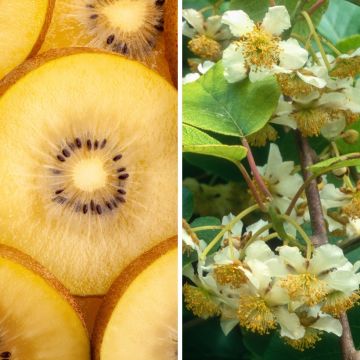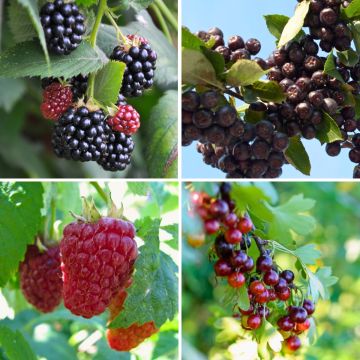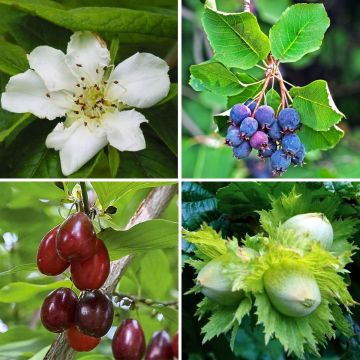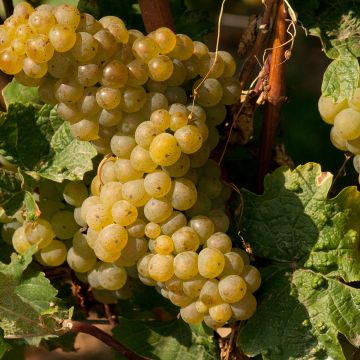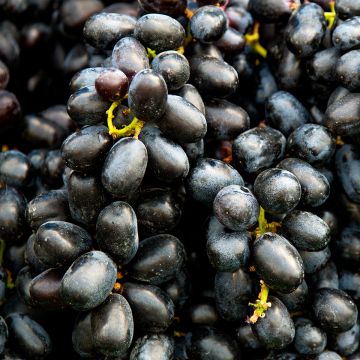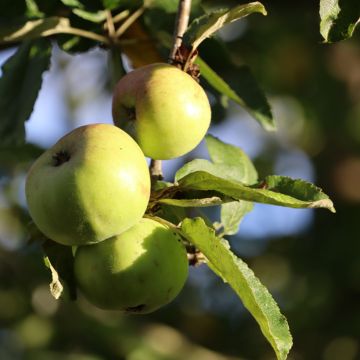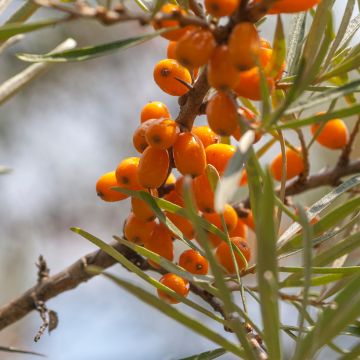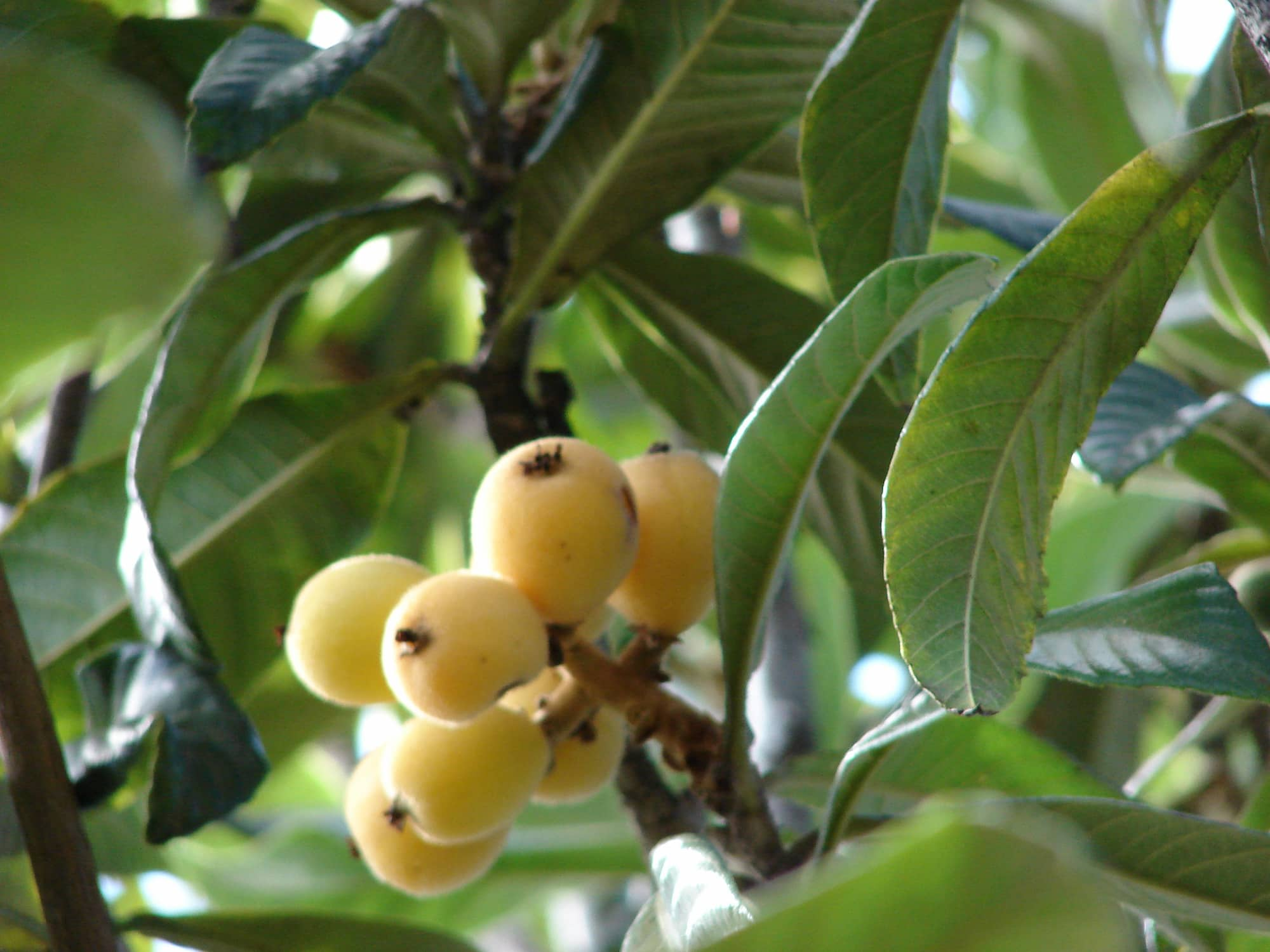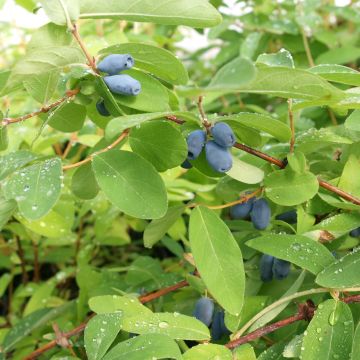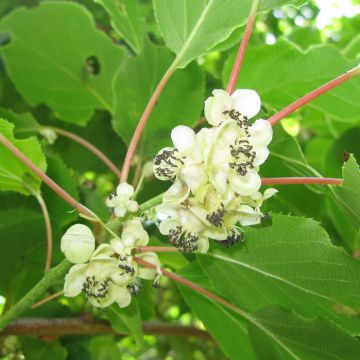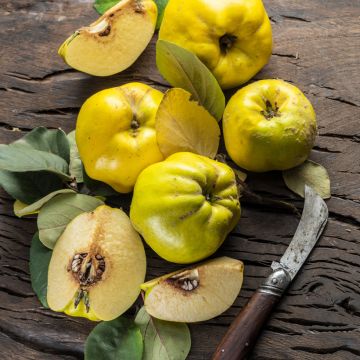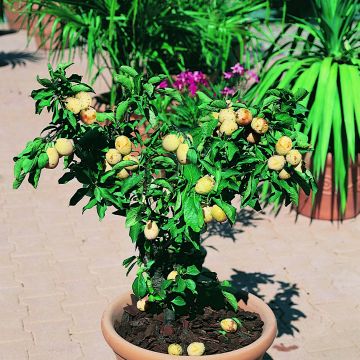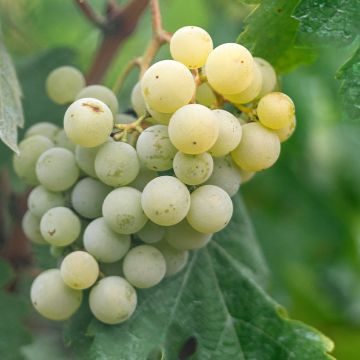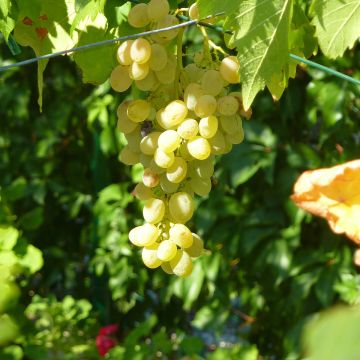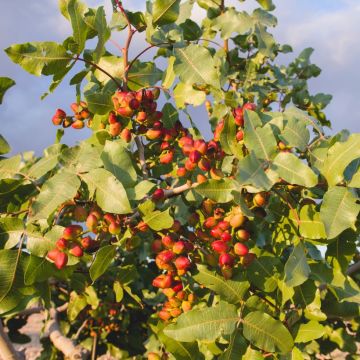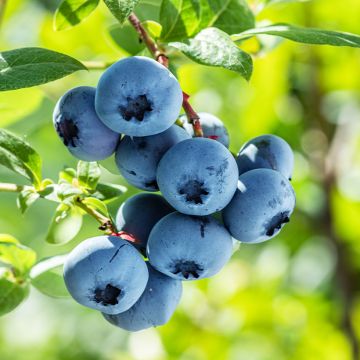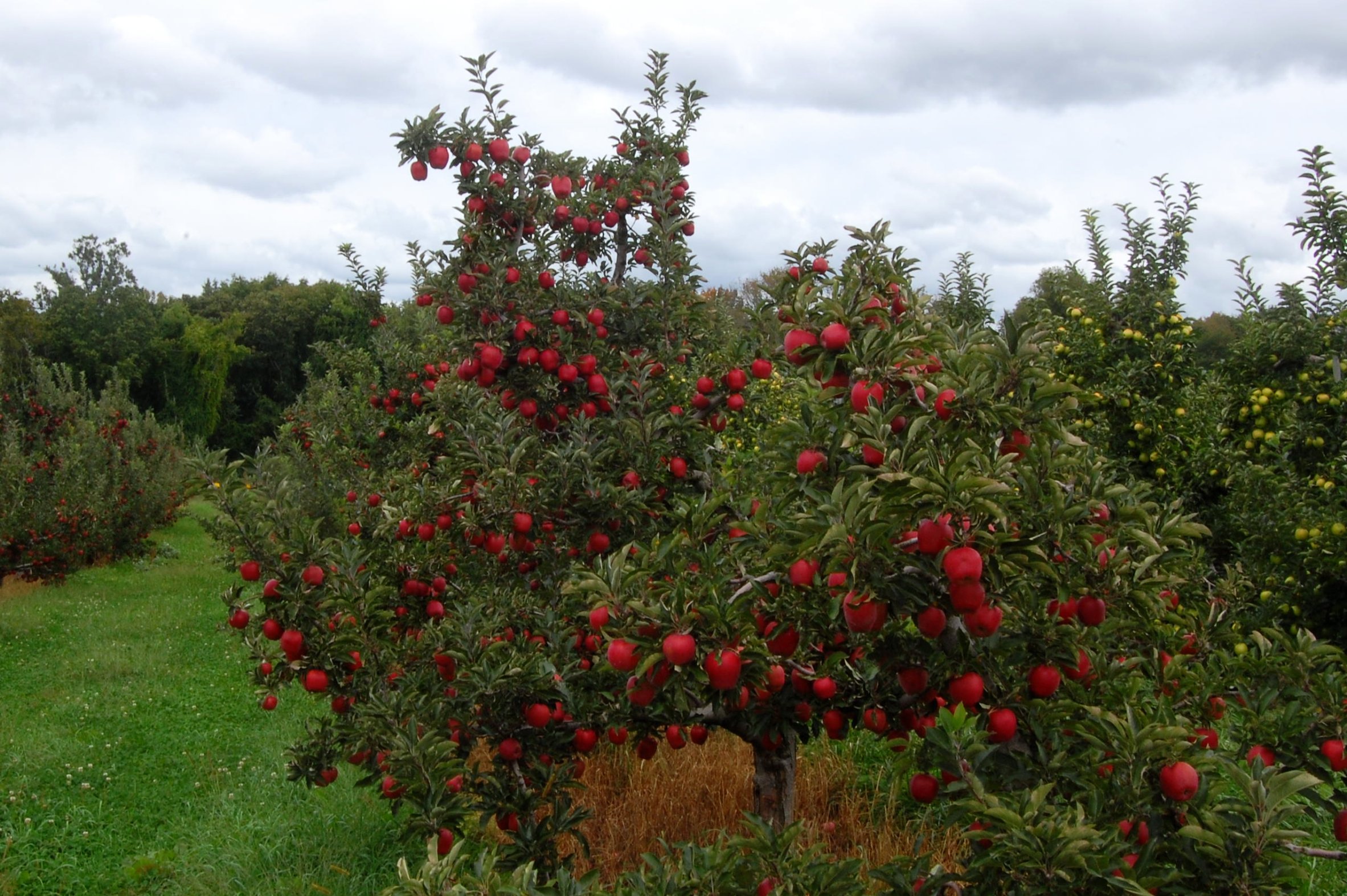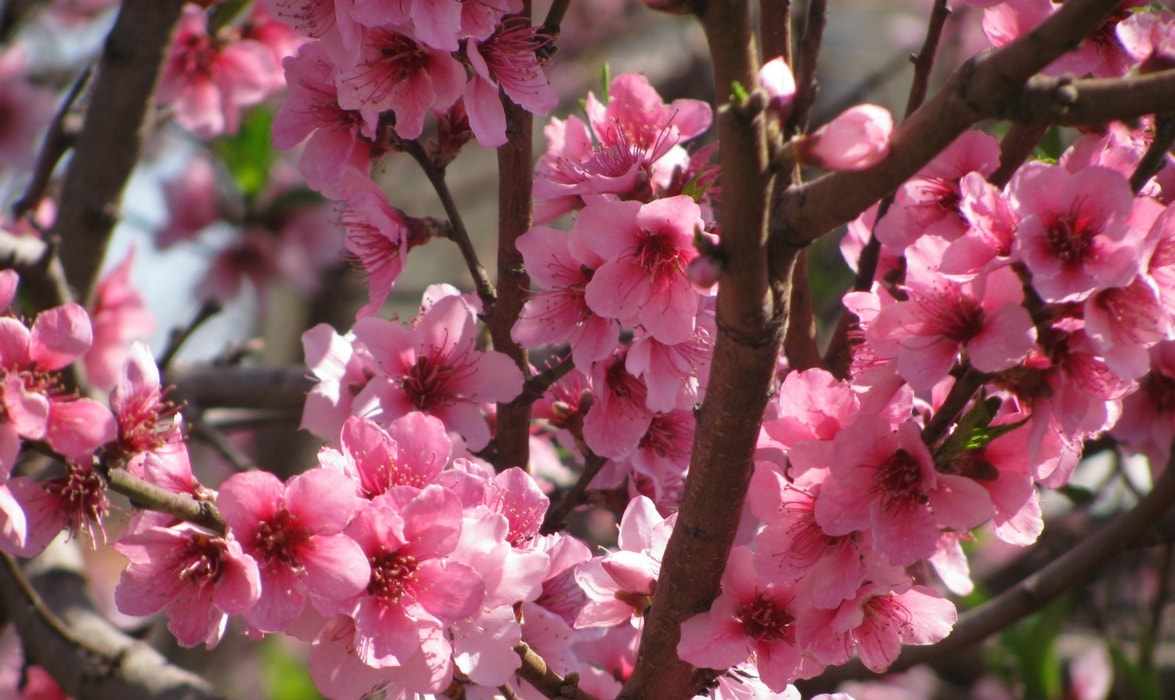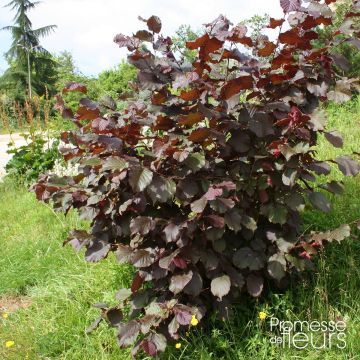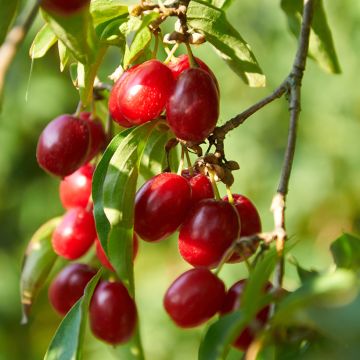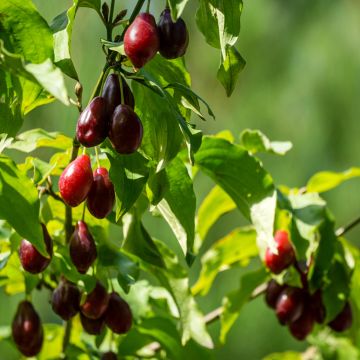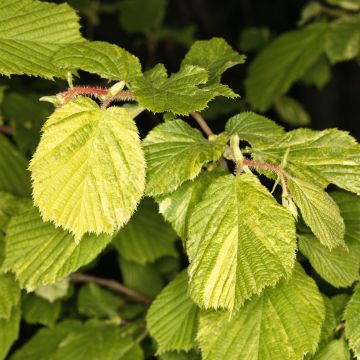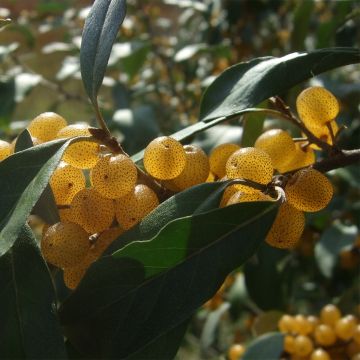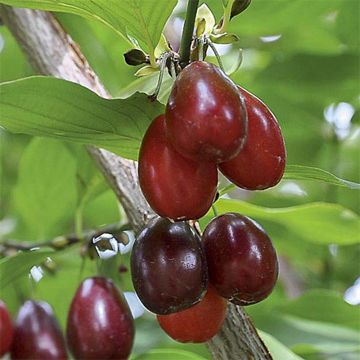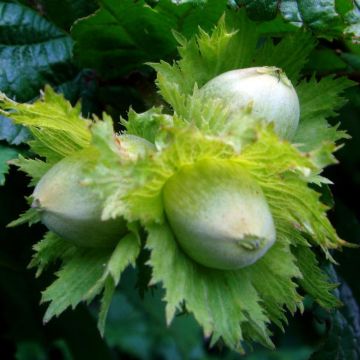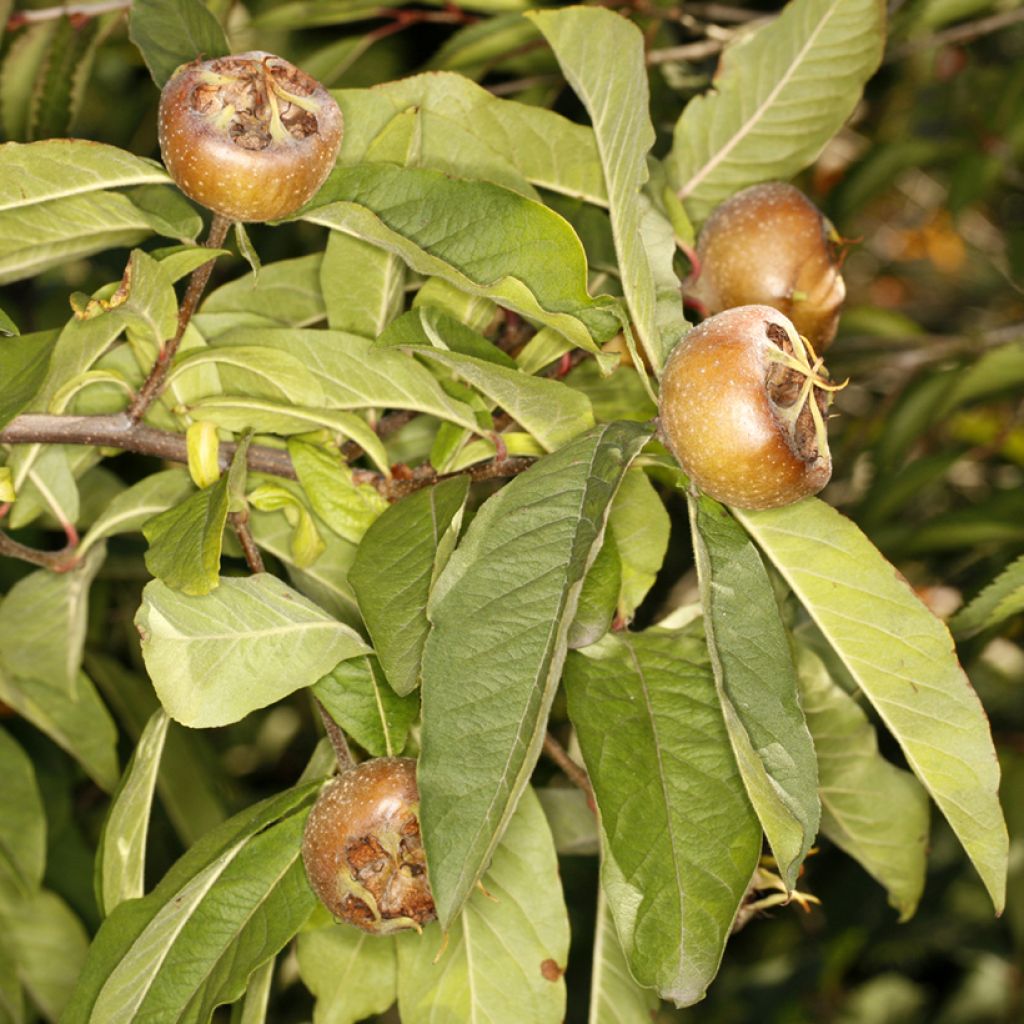

Medlar Bredase Reus - Mespilus germanica
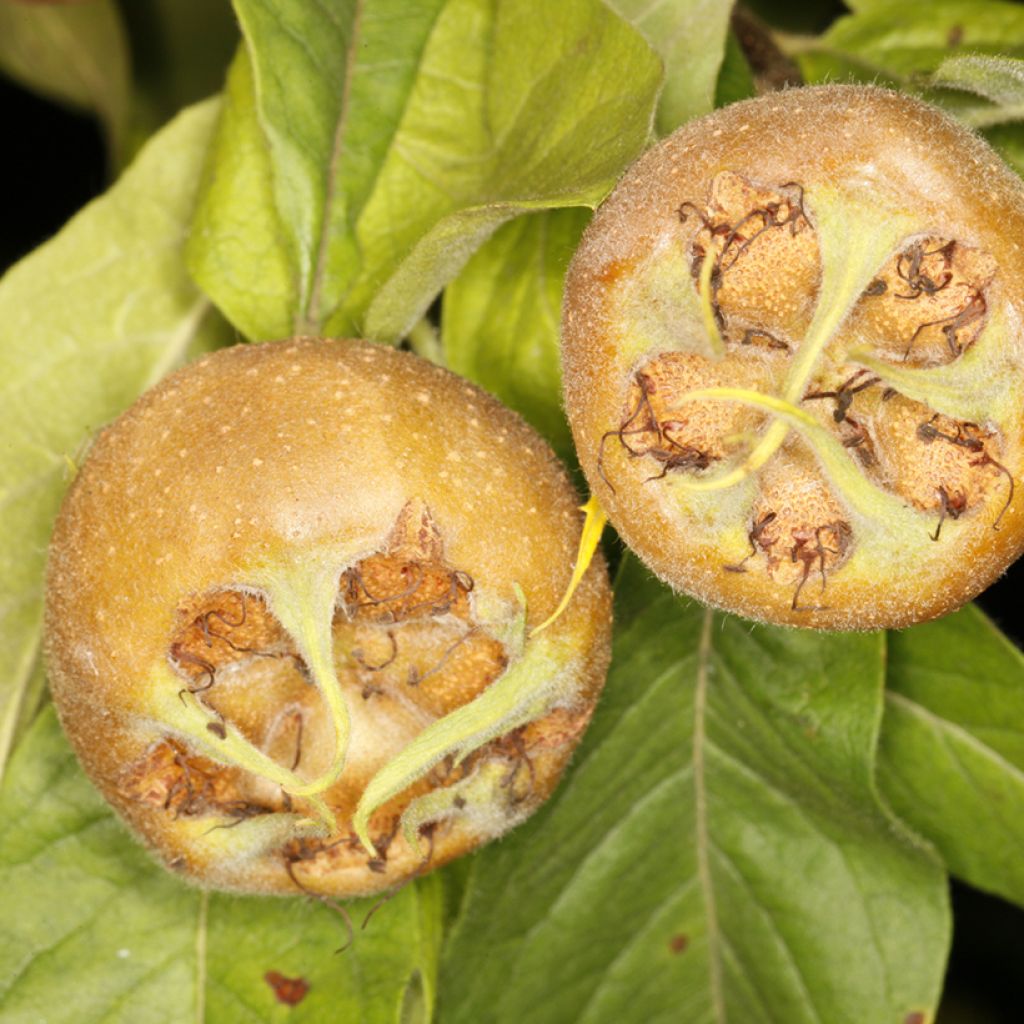

Medlar Bredase Reus - Mespilus germanica
Medlar Bredase Reus - Mespilus germanica
Mespilus germanica Bredase Reus
Medlar, Common Medlar
Special offer!
Receive a €20 voucher for any order over €90 (excluding delivery costs, credit notes, and plastic-free options)!
1- Add your favorite plants to your cart.
2- Once you have reached €90, confirm your order (you can even choose the delivery date!).
3- As soon as your order is shipped, you will receive an email containing your voucher code, valid for 3 months (90 days).
Your voucher is unique and can only be used once, for any order with a minimum value of €20, excluding delivery costs.
Can be combined with other current offers, non-divisible and non-refundable.
Why not try an alternative variety in stock?
View all →This plant carries a 24 months recovery warranty
More information
We guarantee the quality of our plants for a full growing cycle, and will replace at our expense any plant that fails to recover under normal climatic and planting conditions.
Would this plant suit my garden?
Set up your Plantfit profile →
Description
The Mespilus germanica 'Bredase Reus' or 'Giant of Breda' is a variety of common medlar, or German medlar, selected for its vigor and large fruits. It is a large shrub or small deciduous tree that is also appreciated for its unpretentious spring flowering and beautiful autumn colours.
The Mespilus germanica 'Bredase Reus' originates from the Proeftuin de Breda in the Netherlands. The original tree was known in 1934, it was multiplied and then introduced into horticultural trade in 1950. Like all medlars, it belongs to the Rosaceae family. It is a small tree with slightly faster growth than the typical species, with an irregular, generally rounded crown supported by heavy main branches. It can eventually reach 5 to 6 m in height with a slightly greater spread. Its trunk is twisted and heavily branched. Its greyish bark peels off with age to reveal a new brownish-orange bark. The branches sometimes have a few large scattered thorns. Its white flowering, in May-June, consists of solitary flowers, with white cups measuring 4-5 cm. They are pollinated by bees and other pollinating insects. The fruits, called medlars, are shaped like flat spinning tops, measuring 5-6 cm in diameter and are larger than those of the typical species. Their brown to bronze skin hides a creamy, sweet flesh that becomes delicious after the first frost. The 'Bredase Reus' medlar tree produces numerous fruits every year. The foliage is deciduous, appearing in spring. It consists of oblong, finely toothed leaves, reaching 12-15 cm in length, fuzzy, especially when young. In autumn, they take on shades of brown-red, orange, and golden yellow before falling.
The 'Bredase Reus' medlar tree is an ideal tree for a free hedge. However, in a traditional hedge, if you prune it too short, your medlar tree will not flower. For a natural and diversified association, mix it with other native species such as hawthorn Crataegus monogyna, European spindle Euonymus europaeus, field maple Acer campestre, male cornel Cornus mas… This type of hedge will surely attract bees and birds.
The medlar, such a unique fruit, was used in the past as a source of energy during winter, and it had the reputation of curing sore throats. To consume medlar fruits, they must be left to over-ripe, that is, harvested after the first frost. The medlar, which contains five large pips, can be eaten fresh, in compotes, or in jams. It is also used in the composition of ratafia.
Medlar Bredase Reus - Mespilus germanica in pictures
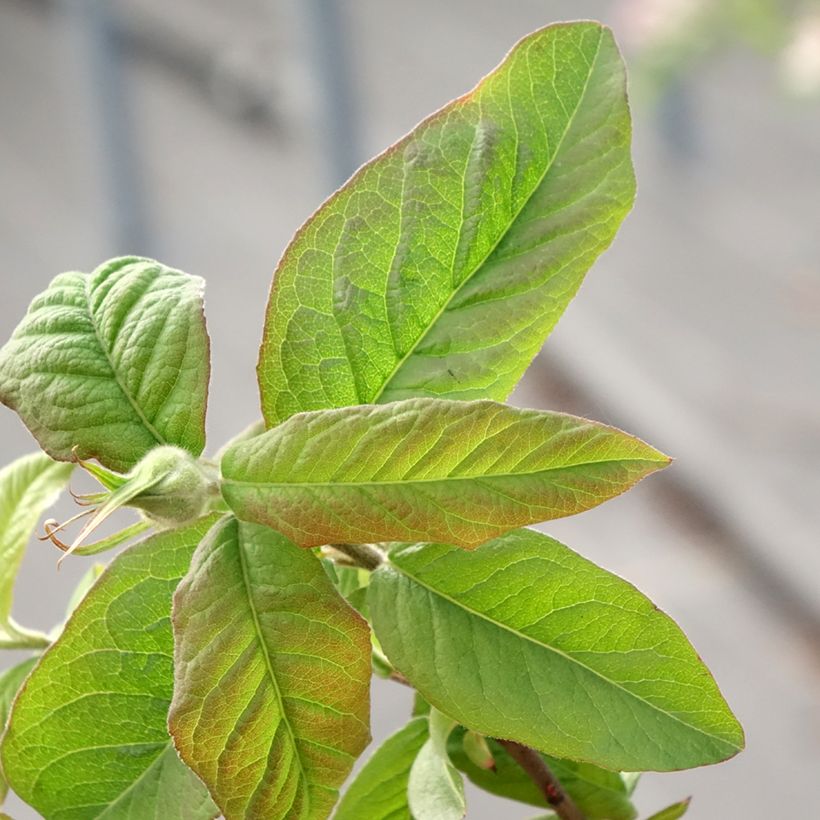



Plant habit
Flowering
Foliage
Botanical data
Mespilus
germanica
Bredase Reus
Rosaceae
Medlar, Common Medlar
Crataegus germanica 'Bredase Reus', 'Dutch', 'Géant de Breda','Holländische', 'Breda Giant'
Western Europe
Other Fruit trees A to Z
View all →Planting and care
Plant your Mespilus germanica 'Bredase Reus' in your garden soil without any special fertiliser, unless it is extremely chalky or clayey. In this case, dig a planting pit and fill it with a mixture of potting soil and garden soil. After planting, it is important to keep an eye on the watering during the first summer. If necessary, its silhouette can be lightened by light pruning in early winter.
Planting period
Intended location
Care
Planting & care advice
This item has not been reviewed yet - be the first to leave a review about it.
Similar products
Haven't found what you were looking for?
Hardiness is the lowest winter temperature a plant can endure without suffering serious damage or even dying. However, hardiness is affected by location (a sheltered area, such as a patio), protection (winter cover) and soil type (hardiness is improved by well-drained soil).

Photo Sharing Terms & Conditions
In order to encourage gardeners to interact and share their experiences, Promesse de fleurs offers various media enabling content to be uploaded onto its Site - in particular via the ‘Photo sharing’ module.
The User agrees to refrain from:
- Posting any content that is illegal, prejudicial, insulting, racist, inciteful to hatred, revisionist, contrary to public decency, that infringes on privacy or on the privacy rights of third parties, in particular the publicity rights of persons and goods, intellectual property rights, or the right to privacy.
- Submitting content on behalf of a third party;
- Impersonate the identity of a third party and/or publish any personal information about a third party;
In general, the User undertakes to refrain from any unethical behaviour.
All Content (in particular text, comments, files, images, photos, videos, creative works, etc.), which may be subject to property or intellectual property rights, image or other private rights, shall remain the property of the User, subject to the limited rights granted by the terms of the licence granted by Promesse de fleurs as stated below. Users are at liberty to publish or not to publish such Content on the Site, notably via the ‘Photo Sharing’ facility, and accept that this Content shall be made public and freely accessible, notably on the Internet.
Users further acknowledge, undertake to have ,and guarantee that they hold all necessary rights and permissions to publish such material on the Site, in particular with regard to the legislation in force pertaining to any privacy, property, intellectual property, image, or contractual rights, or rights of any other nature. By publishing such Content on the Site, Users acknowledge accepting full liability as publishers of the Content within the meaning of the law, and grant Promesse de fleurs, free of charge, an inclusive, worldwide licence for the said Content for the entire duration of its publication, including all reproduction, representation, up/downloading, displaying, performing, transmission, and storage rights.
Users also grant permission for their name to be linked to the Content and accept that this link may not always be made available.
By engaging in posting material, Users consent to their Content becoming automatically accessible on the Internet, in particular on other sites and/or blogs and/or web pages of the Promesse de fleurs site, including in particular social pages and the Promesse de fleurs catalogue.
Users may secure the removal of entrusted content free of charge by issuing a simple request via our contact form.
The flowering period indicated on our website applies to countries and regions located in USDA zone 8 (France, the United Kingdom, Ireland, the Netherlands, etc.)
It will vary according to where you live:
- In zones 9 to 10 (Italy, Spain, Greece, etc.), flowering will occur about 2 to 4 weeks earlier.
- In zones 6 to 7 (Germany, Poland, Slovenia, and lower mountainous regions), flowering will be delayed by 2 to 3 weeks.
- In zone 5 (Central Europe, Scandinavia), blooming will be delayed by 3 to 5 weeks.
In temperate climates, pruning of spring-flowering shrubs (forsythia, spireas, etc.) should be done just after flowering.
Pruning of summer-flowering shrubs (Indian Lilac, Perovskia, etc.) can be done in winter or spring.
In cold regions as well as with frost-sensitive plants, avoid pruning too early when severe frosts may still occur.
The planting period indicated on our website applies to countries and regions located in USDA zone 8 (France, United Kingdom, Ireland, Netherlands).
It will vary according to where you live:
- In Mediterranean zones (Marseille, Madrid, Milan, etc.), autumn and winter are the best planting periods.
- In continental zones (Strasbourg, Munich, Vienna, etc.), delay planting by 2 to 3 weeks in spring and bring it forward by 2 to 4 weeks in autumn.
- In mountainous regions (the Alps, Pyrenees, Carpathians, etc.), it is best to plant in late spring (May-June) or late summer (August-September).
The harvesting period indicated on our website applies to countries and regions in USDA zone 8 (France, England, Ireland, the Netherlands).
In colder areas (Scandinavia, Poland, Austria...) fruit and vegetable harvests are likely to be delayed by 3-4 weeks.
In warmer areas (Italy, Spain, Greece, etc.), harvesting will probably take place earlier, depending on weather conditions.
The sowing periods indicated on our website apply to countries and regions within USDA Zone 8 (France, UK, Ireland, Netherlands).
In colder areas (Scandinavia, Poland, Austria...), delay any outdoor sowing by 3-4 weeks, or sow under glass.
In warmer climes (Italy, Spain, Greece, etc.), bring outdoor sowing forward by a few weeks.






























